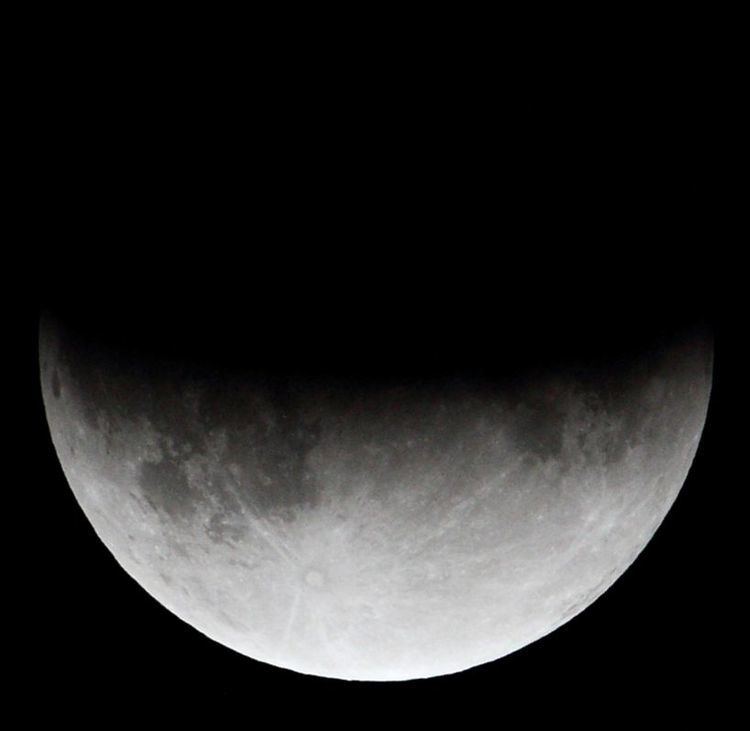 | ||
The partial lunar eclipse of June 26, 2010 was the first of two lunar eclipses in 2010. At maximum eclipse 53.7% of the moon was covered by the earth's shadow.
Contents
This eclipse preceded by two weeks the total Solar eclipse of July 11, 2010 over the South Pacific.
The next total lunar eclipse, visible over North and South America, will occur six months later, on December 21, 2010.
This eclipse is a part of Lunar Saros 120 series, repeating every 18 years and 10 days, last occurring on June 15, 1992, and will next repeat on July 6, 2028. This series is winding down: The final total eclipse of this series was on May 14, 1938 and the final partial lunar eclipse will be on July 28, 2064.
Visibility
The entire umbral phase was visible after sunset Saturday evening throughout the Pacific, New Zealand, Australia, the Philippines and Japan. The point where the moon was directly overhead at maximum eclipse lay over the South Pacific Ocean, far to the southwest of Hawaii. The lunar eclipse seen over the Philippines on Saturday evening despite of rainshowers and thick clouds, but it clearly visible throughout the night sky.
It was seen before sunrise on Saturday morning setting over western North and South America:
Lunar year (354 days)
This eclipse is the one of five lunar eclipses in a short-lived series. The lunar year series repeats after 12 lunations or 354 days (Shifting back about 10 days in sequential years). Because of the date shift, the Earth's shadow will be about 11 degrees west in sequential events.
Metonic series (19 years)
The Metonic cycle repeats nearly exactly every 19 years and represents a Saros cycle plus one lunar year. Because it occurs on the same calendar date, the earth's shadow will be in nearly the same location relative to the background stars.
